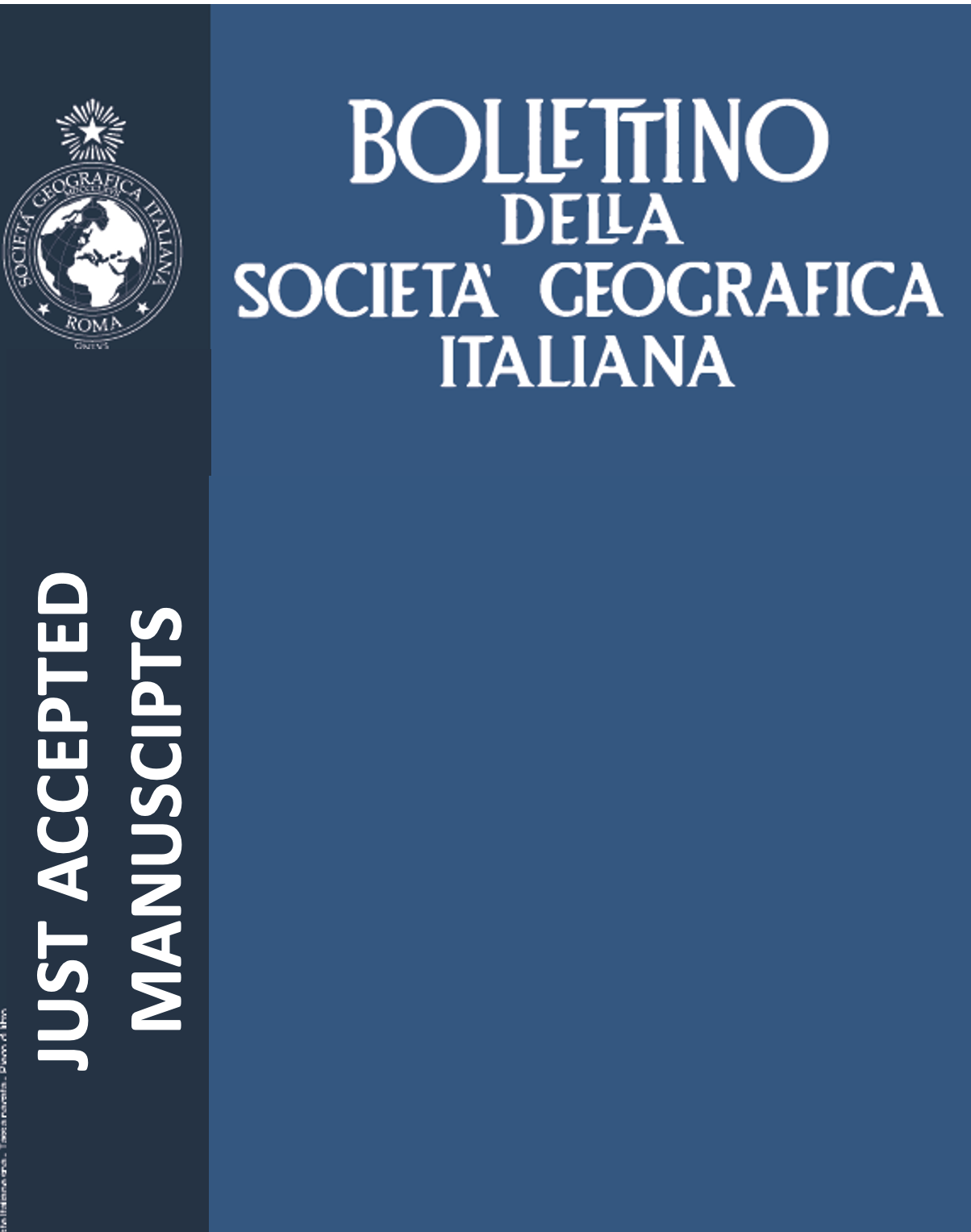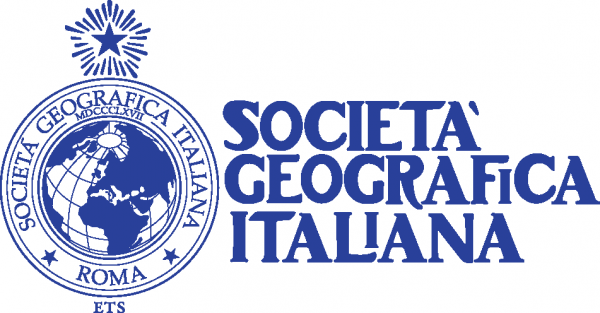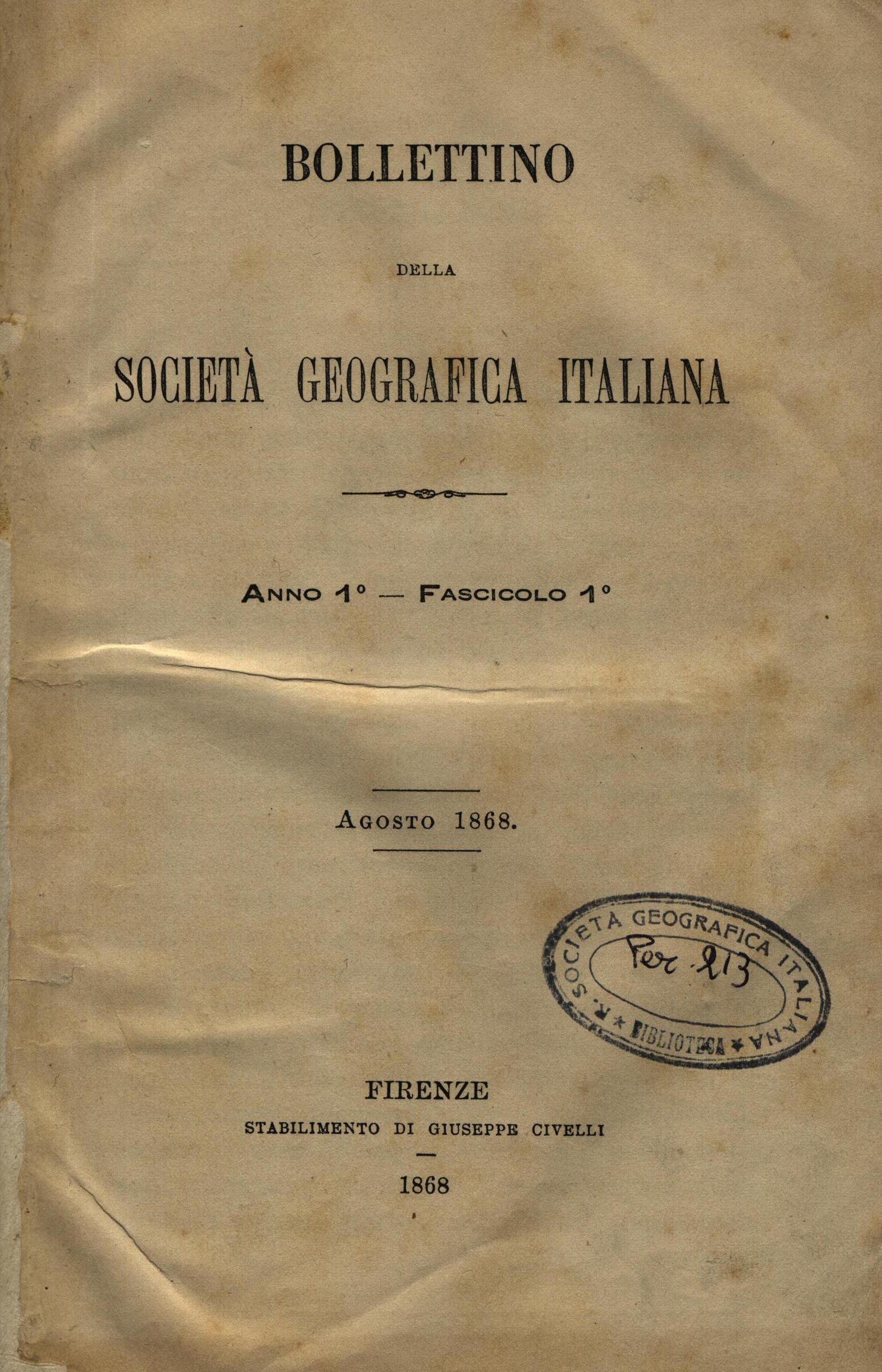Armenia in Putin’s time: between “territorial trap”, insolation risk and post-Soviet tensions
DOI:
https://doi.org/10.36253/bsgi-7459Keywords:
Armenia, geopolitics, Caucasus, post soviet transition, PutinAbstract
The awareness of representing an ancient culture, as well as a tradition of resistance to the various powers that have invaded that space from time to time, probably constitute the main resource of the Armenian community today. An element of identity that means for the country the awareness of continuously risking for its survival in a context such as that of Caucasus exposed to tensions that have repercussions on a very large scale. In these circumstances, Armenian territory appears as a "buffer" between great powers, former superpowers in phases of decline and new regional powers on the rise, which often use geopolitical expedients - including the so-called "corridor approach" - to reaffirm some power positions. A situation in which the millenary survival of the country, and of its extraordinary culture, appear something heroic: a fact which deserves the attention of all humanity. An even more important fact considering that the country manages to maintain a democratic system, albeit amidst various contradictions, and a policy of international integration and collaboration on wide range.
Metrics
Downloads
Published
How to Cite
Issue
Section
Categories
License
Copyright (c) 2023 Igor Jelen, Erika Džajić Uršič

This work is licensed under a Creative Commons Attribution 4.0 International License.









